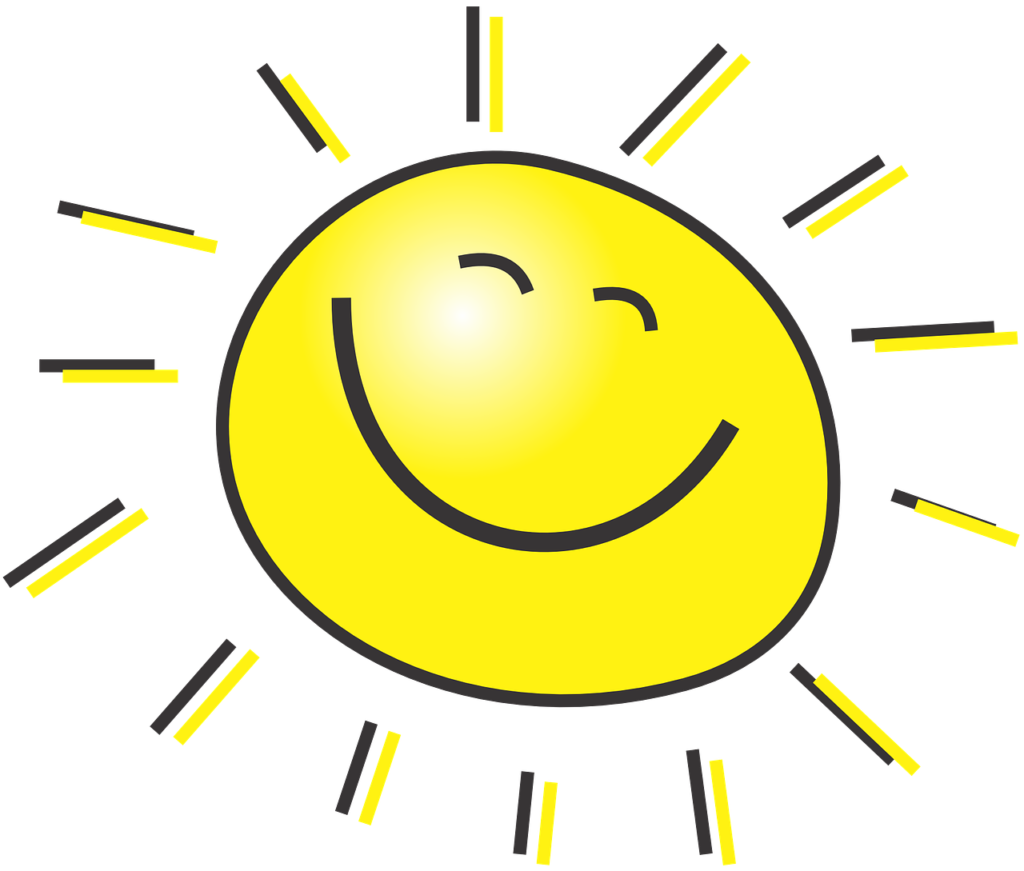Today’s blog

Lynn Murphy Mark
T-I-R-E-D
When my kids were little their father and I would conclude that their crankiness was due to childhood exhaustion. While they objected that they weren’t at all tired, we would spell the word to each other as confirmation. Before long, the kids knew what we meant and that would start the objections to getting to bed for the nap or the night. Once they were settled in bed or on a couch, though, they would fall fast asleep in an instant.
I got home from Los Angeles at 0230 on Monday morning. By the time I got ready for bed it was after 3 AM. I had already decided not to go to work Monday, that I would try to sleep in. Mollie Dog had other ideas. After her full night of sleep she was ready for me to resume my morning duties that usually start at around 5 AM. I take her outside, feed her, take her outside again if needed. Since I was conveniently located on my side of the bed, she did not see why I couldn’t respond and get our day started. Thankfully, Jan stepped up and did the duty and I slept in until 7:15 or so.
Monday was basically a lost day. I got up for a while, then went back to bed around mid-morning and slept a couple of hours. In the early afternoon, Jan decided to go get her hair cut and I headed back to bed for yet another nap. I can’t remember being this tired. When I said so to Jan, she kindly reminded me that at our age – anything over 70 – we are apt to tire out easier than when we were younger. She’s right. As a much younger hospice nurse, I could be up for hours on-call during the night and then report for work in the morning. Those days are gone.
It’s one thing to be tired after a series of events that can explain it – later than usual bedtimes, interrupted sleep, a stressful day, a bout with COVID. When COVID is concluded I have friends that have complained of fatigue for several weeks following a negative test, but that seems to be common regardless of age. This week I have been just plain tired although I have gotten most of my naps in and a good 7 – 8 hours of sleep each night.
But it’s also mid-winter, that time of year when my spirits dip a little. The grey and cold of a St. Louis winter don’t help my cause. Every morning at my computer I switch on the HappyLight. I’m a believer in the power of artificial sunshine to moderate my Seasonal Affective Disorder, or SAD. I have written before about my perpetual treatment for major depression – and I am incredibly grateful that the medication keeps it at bay. So I shouldn’t be surprised at the appearance of the combination of fatigue, a bit of trouble concentrating, a touch of anxiety, and a wee bit of Irish sorrow. Those are cardinal symptoms of SAD – well, maybe all but the Irish sorrow. That comes from my ancestry.
It is estimated that one in twenty of us in the USA experience the symptoms of Seasonal Affective Disorder. There is plenty of information available about the efficacy of using a Happy Lamp. Even the Mayo Clinic says they are helpful in moderating SAD. “Light boxes are designed to deliver a therapeutic dose of bright light to treat the symptoms of SAD. There are many types of light boxes…” and, “…light therapy may be more effective when combined with another SAD treatment such as an antidepressant or psychotherapy, also called talk therapy.” (Mayo Clinic – Seasonal affective disorder treatment: Choosing a light box”). It seems that the quality of light can actually make a difference by causing a change in brain chemistry.
If any of this resonates, consider purchasing a box of sunshine. Relatively speaking, they aren’t that expensive. I know that, for me, my light box is a critical part of my morning routine and a big help in getting through the Winter months.
